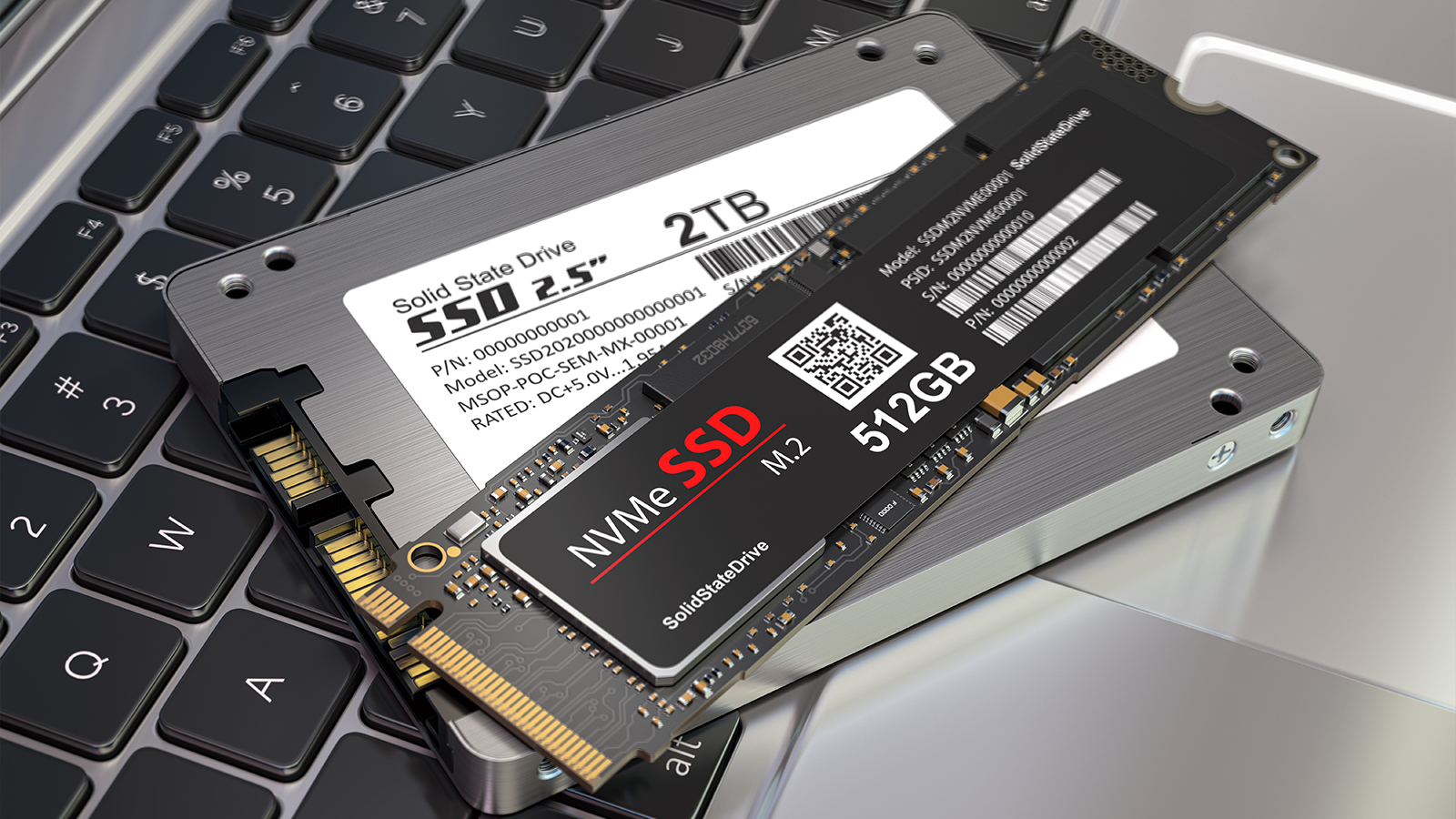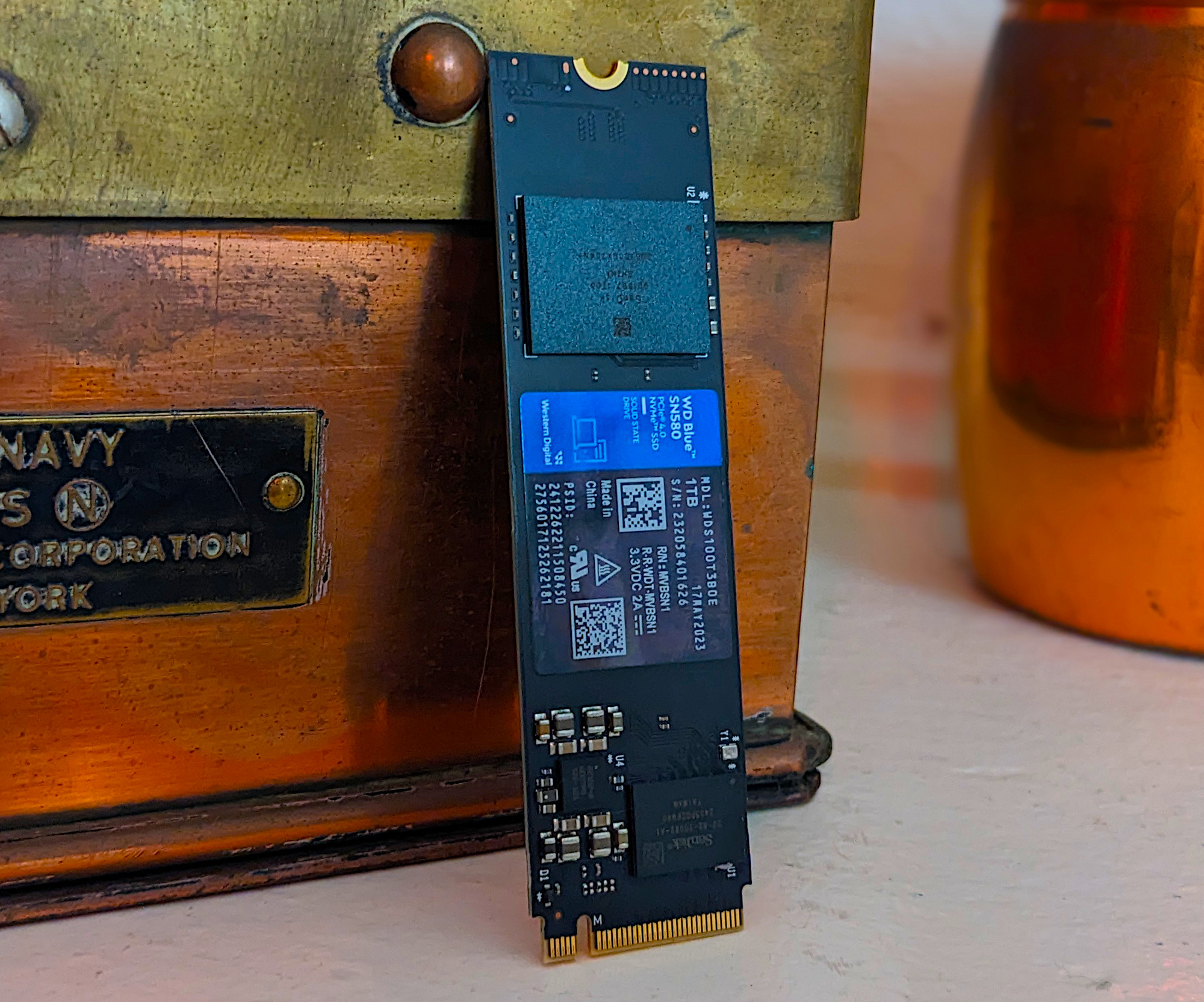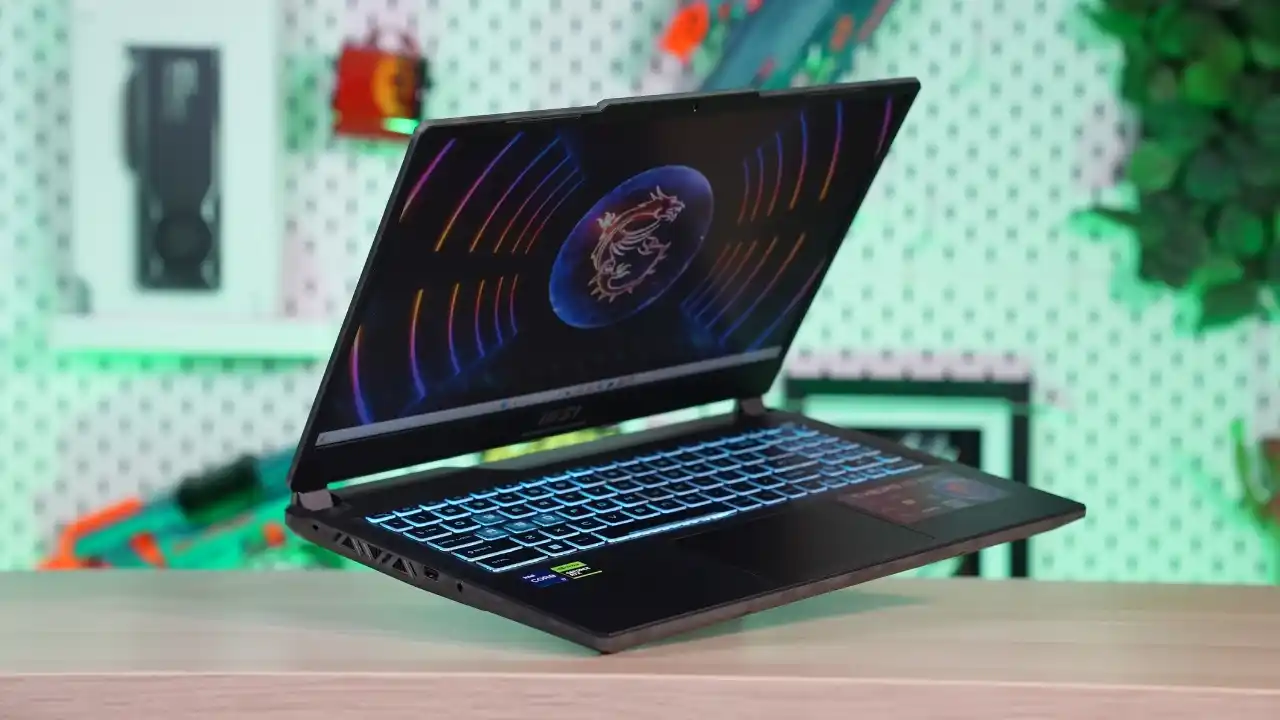Your older PCIe SSD will do just fine!
Solid state drives (SSDs) have had a bunch of upgrades since they first appeared back in 1991. The current latest generation, PCIe Gen 5 SSD, is the fastest iteration we’ve seen to date, promising blazingly quick theoretical speeds of up to 32GT/s (gigatransfers per second) for NMVe – that’s 100 percent faster than previous generation PCIe Gen 4 SSDs. And these beasts absolutely tear up the benchmark charts in our best SSD roundup during huge data transfers.
But since we’re being sold the idea that it’s now the best technology for gaming, the truth is you can skip buying a Gen 5 SSD for any kind of major boost to your gaming performance right now — no matter how fast they look on benchmark charts.
It’s weird, I know, but hear me out.
Why PC gamers don’t need a PCIe 5.0 SSD
The main reason is that a PCIe Gen 5 SSD’s blazing-fast transfer speeds make virtually no difference to the load times of games when compared to previous generation PCIe Gen 4 SSD storage. There are more case studies that show this than clouds in the sky, but the one I quite like is a test carried out by our friends over at The Verge, which found game load times on PCIe Gen 5 SSDs to be almost identical to that on Gen 4 SSDs for games like Counter-Strike Global Offensive and Cyberpunk 2077.
Using the benchmark CrystalDiskMark 8.0, The Verge showed a 2TB PCIe Gen 5 SSD could load Counter-Strike: Go a mere 0.44 milliseconds faster than a 1TB PCIe Gen 4. In Cyberpunk 2077 the results were only slightly better, the quickest PCIe Gen 5 SSD finished the task just 1.06 seconds faster than the PCIe Gen 4 SSD tested.
Mind you, that test was just focusing on game loading times; The Verge did show some speed benefit for PCIe Gen 5 SSDs in another test. In a second CrystalDiskMark 8.0 test, a 2TB Crucial T700 Gen 5 SSD reached write speeds of 11,789MBps and read speeds of 12,251MBps – which was leagues faster than the 5000MBps read / write speeds delivered by a 1TB Samsung 980 Pro Gen 4 SSD. Our review of the Crucial T705, the fastest PCIe 5.0 SSD yet, showed a similar stomping over last-gen SSDs.
So, why this discrepancy? The reason is that we’re talking about two types of speed here – sequential read/write speed versus random read/write speed. Sequential read/write speed refers to how fast a drive takes to read data blocks in a fixed order, the kind of speed that bestows more of a speed benefit when you’re working with large files. This is what Gen 5 SSDs excel at — so it’s definitely going to be faster with tasks like transferring files.
But the speed that makes the most difference for loading games is random read/write speed. It’s this type of speed that Gen 4 SSDs can all but match the newer Gen 5s for. That accounts for the almost negligible difference between PCIe Gen 5 technology and its immediate predecessor for game load times, but surprise, surprise! It’s a similar result when you compare PCIe Gen 5 SSDs to PCIe Gen 3 SSDs too, as my PCWorld colleagues Gordon Mah Ung and Adam Patrick Murry demonstrate here in this video.
On its website, Intel explains how the full capabilities of Gen 5 SSD are currently underutilized. It says PCIe Gen 5 could actually bestow speed benefits in gaming, namely to load times, level design, asset streaming and frames per second, but that the software designed to take advantage of that bandwidth – Microsoft’s DirectStorage API – has not being widely adopted by developers to make that happen.
It’s a good point: I can only name a handful of games that use DirectStorage – Forspoken, Ratchet and Clank: Rift Apart, and Diablo IV are some. Even in those titles, load times aren’t mind-blowingly faster.
But there is a shift in the air. Many developers of triple-A games have already set the minimum requirement of their latest games to SSD, as we’ve seen in titles like Starfield and Cyberpunk 2077. As that trend continues developers will want to optimize load times by utilizing the latest software for the latest technology.
The fact is though, that’s going to be some time from now. In the meantime, if you can resist the temptation to upgrade, you’ll save a ton of money. Just as an example of how much you could save, Crucial is currently selling a 1TB T700 PCIe Gen 5 MVNe for a cool $165 while a 1TB T500 PCIe SSD NVMe costs just $89.99 – $75 less. What’s more, if you opt for the Gen 5 SSD you’ll need to shell out for a new compatible motherboard and CPU, which will cost you hundreds more.
For that reason, and for the fact that a new specification for PCIe technology, PCIe Gen 6, is currently being finalized and is expected to launch in just two years’ time, I’m going to sit tight with my trusty PCIe Gen 4. If a 0.44 millisecond load penalty in CS:GO is all I’ll need to put up, then life still feels breezy.





